
Commercial Management
Feasibility Study
We develop a cost model that reflects our client’s requirements, taking into consideration site conditions, local market conditions and any governmental or political requirements that may affect cost, as well as identifying the risks


Budget / Cost Development
Overestimating allows for breathing room, but at the risk of having a project denied. Underestimating a budget may permit a faster approval but this may lead to serious problems down the road. We recommend and offer a very thorough and detailed approach to creating the most reliable initial estimate possible.
Cost Management and Quantity Surveying
Cost Management is the core of our business. We provide commercial support to clients and project teams, giving a professional and integrated service, managing costs from project inception through to completion whilst maintaining complete control
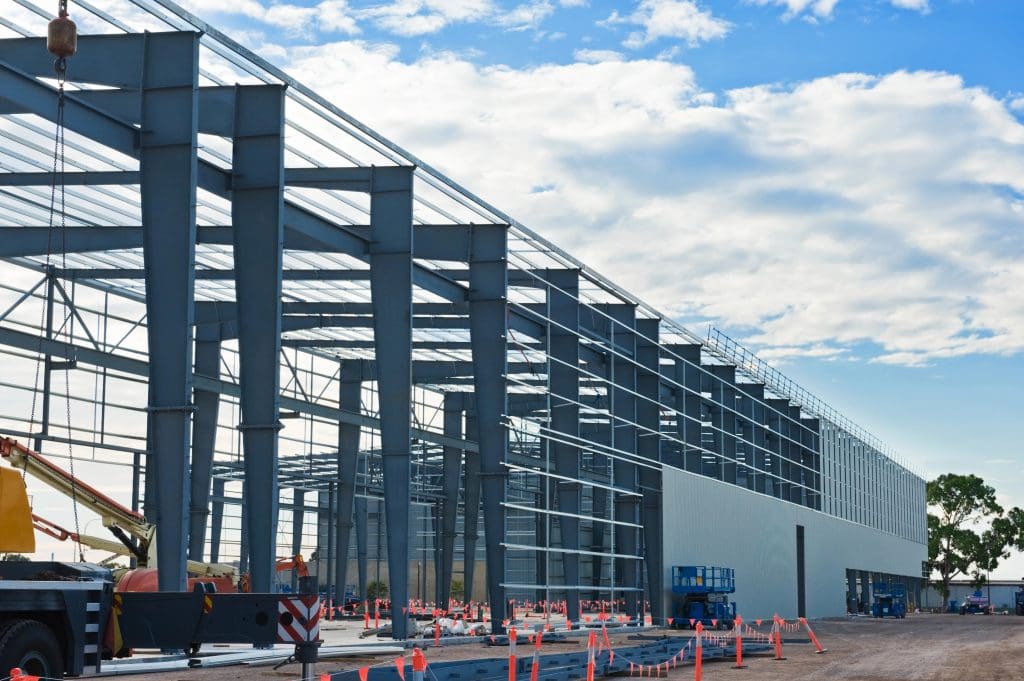

Procurement Advice
Procurement advice covers not only the form of contract, but provisions that will be included in the contract such as the prequalification of tenderers, health and safety documentation, design documentation, and contractual details.
We implement procurement routes such as traditional, design and build, management forms, term and serial contracting and other types.
Pre and post contract advice on contract selection, terms, particulars, warranties and bonds.
Contract Documentation / Contract Advice
We help our clients to select the appropriate form of contract and/or sub-contract for your chosen procurement route, including the production of the contract documentation. We advise on the most appropriate contractual procedure at the various stages of a contract; carrying out the contractual mechanisms and procedures relevant to the financial management aspects of your project, such as change procedures, valuations, loss and expense, and final accounts. The appropriateness and implications of proposed contractual amendments is also evaluated.

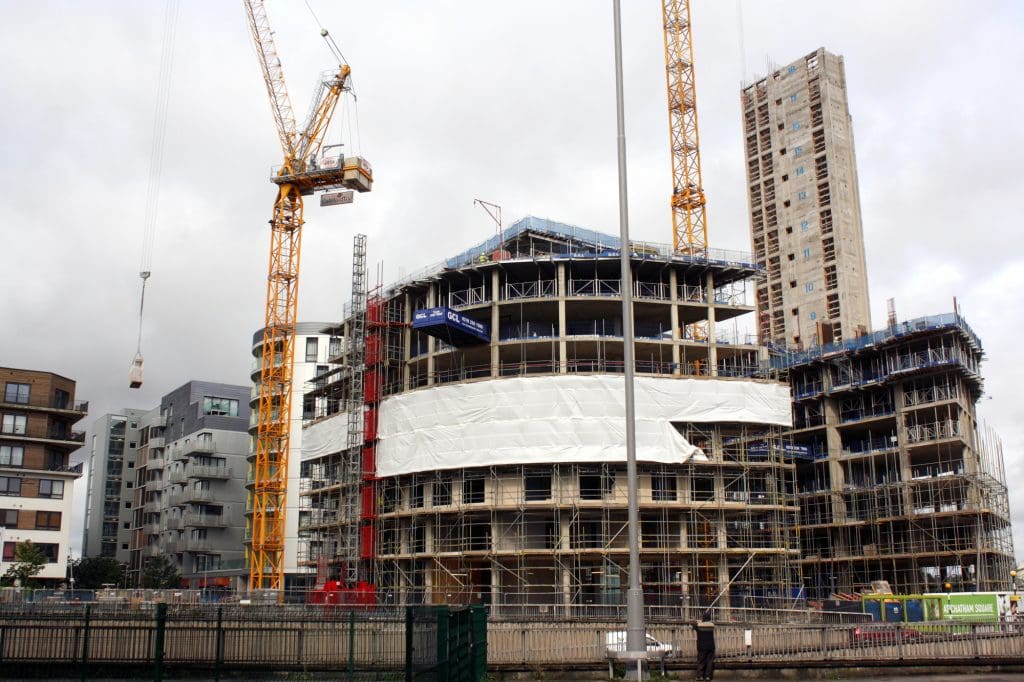
Tender Preparation / Documentation
This includes managing the Tender Procedure, Tender Analysis and Contractor Selection.
We produce and compile Tender Documentation including Letter of Invitation, Form of Tender, Health and Safety Documentation, Design Documentation, Pricing Documents and Contractual Details.
After the project has been issued for tender, it is quite usual that clarifications or additional details are called for, with respect to the tender documentation, specifications and drawings. The lead designer prepares addenda to the tender package in response to these requests and the Quantity Surveyor reviews each addendum to advise the client of the cost impact of this change. Addenda review can take place before or after the official release of the addendum.
Tender Analysis
When it comes to awarding a project to the contractor, it may be first instinct to select the tenderer based on cost. However, the lowest cost does not necessarily mean they are the right tenderer. A Tender Analysis involves evaluation of the bidders’ exclusions, qualifications, or clarifications and their cost implications, determining item-by-item variances between the budget and the tender, and examining if any significant variations may be the result of a scope of work error. Identifying these variations before the contract is awarded is beneficial to prevent costly post-contract changes. It is best if parties to the contract are on the same page before the contract is signed, rather than exposing both parties to the risks of assumptions.
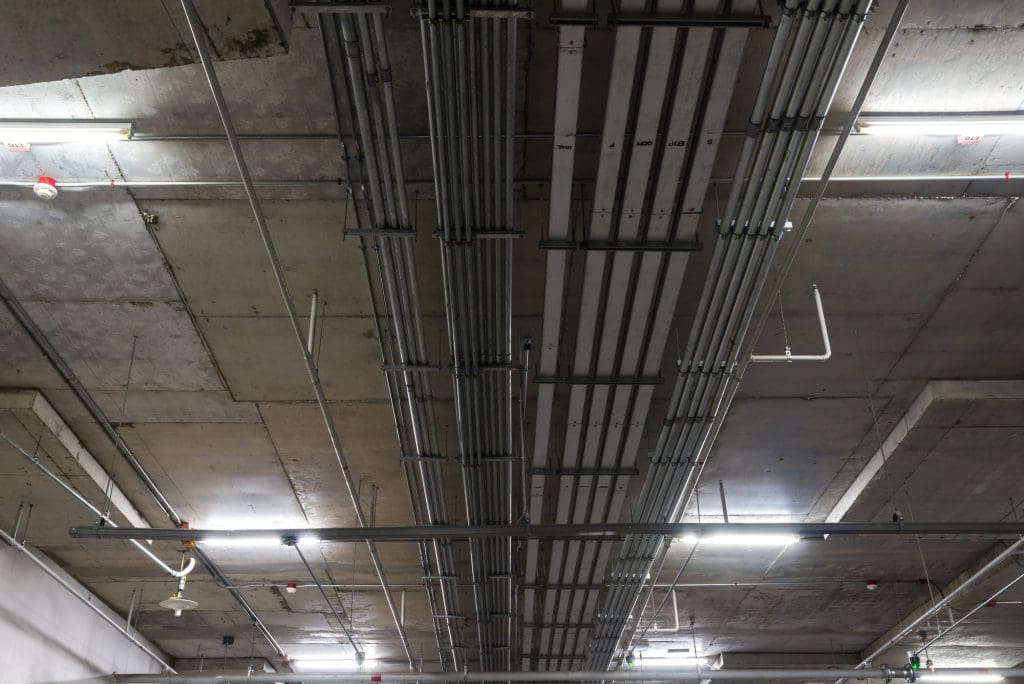
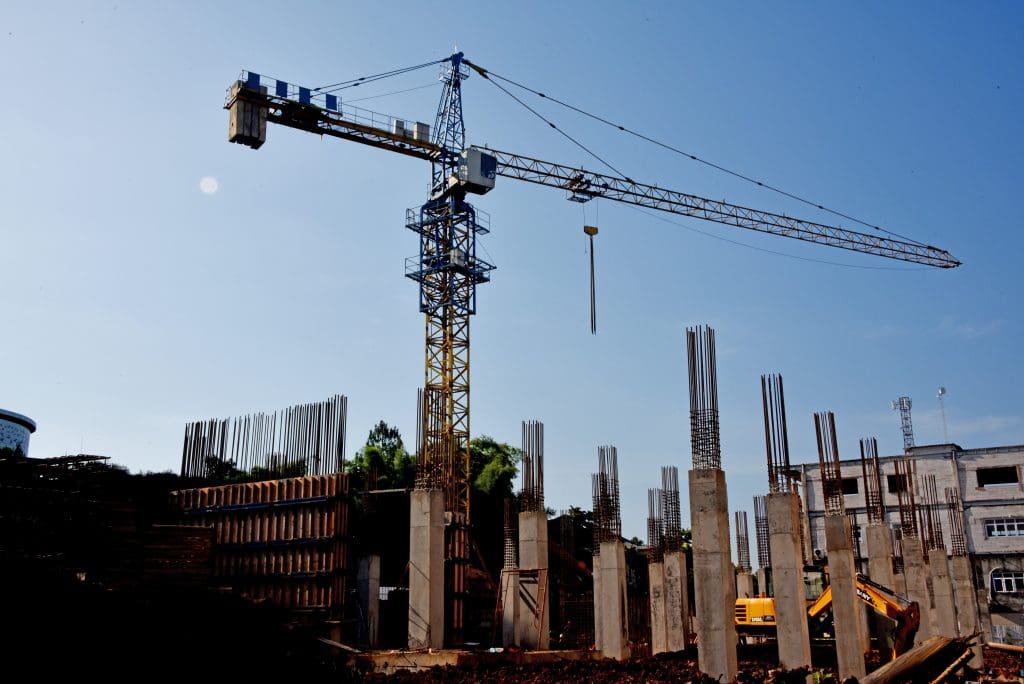
Contractor Selection / Recommendation
We work with the owners, designers, and project managers to develop the evaluation criteria or scoring model to review both financial and non-financial aspects of the bid; including the contractor’s relevant experience, proposed staff, references, schedule, and safety policies. Choosing a contractor based on best value, not just lowest tender, will help to ensure the right company is doing the right job, for the right price.
Project Monitoring / Cost Reporting
We can acts as an independent advisor to the owner and the lender. The project monitor provides a preliminary report concerning the completeness of or identifying any areas of concern in the budgets & financial plans, construction plans/drawings, contracts, and permits associated with the project. Periodic status reports are prepared reporting on the opinion of costs to date, and work completed, updating the cash flow projection, and identifying any areas of concern for the project. Lenders benefit from project monitoring as extra security that their capital will not be subject to undue risks, and owners benefit from this service as it helps them to secure financing and identify any problems along the way.


Cash Flow
Cash Flow is essential to the financial success of the project as it provides an analysis and plan of not just the bottom line, but how much money is being paid out, and when, in comparison to the accessibility and release of available financing as applicable.
Variations / Change Control
A change in the project after the contract has been signed leaves both parties with the question of what a fair and reasonable way is to determine who is responsible for the cost impact of this change. Changes can happen for any number of reasons; sometimes technical or contractual documents are interpreted differently, the design changes, schedules run over or get delayed because of permits or inadequate schedule allowance, overtime or a change in the availability of labour or material. Because Quantity Surveyors are experts at detail, contracts and construction costs, they are in the perfect position to provide both the owner and contractor with a fair review of the how the change impacts the cost. The detail provided in the review leaves both parties with a clear, credible method to resolve how changes are handled before they become bigger problems.


Claims Review
A contractor may submit a claim for greater payment than the original contract called for after the work has already been complete. Unresolved claims can result in construction liens so it is important to address the claims before they become bigger issues. Similar to a Change Order review, the Quantity Surveyor evaluates the details of the claim and provides an unbiased recommendation concerning the cost. Using a third party to recommend a fair and reasonable settlement keeps Owners and Contractors satisfied that the price being charged for changes are appropriate.
Preparations of Payment Certifications and Interim Payments
We can act as an independent advisor to the owner and the lender, proving monthly valuation of the actual works carried out on site.


Final Account Analysis and Certification
We can help with the full and final settlement of the account in accordance with the terms and conditions of the contract and/or common law.
Risk Analysis / Management
There is risk involved in every project and in order to mitigate these risks, it is essential to plan for them in advance. By identifying each risk scenario, evaluating the time and cost impact of each scenario and the likelihood of occurrence, the Quantity Surveyor establishes an appropriate contingency or reserve to build into the budget and estimates; and develops strategies with the design team to counter the higher probability, higher risk items. Throughout the project, the risk registry developed is monitored and updated. Since risks are identified in advance, they are easier to manage and result in a reduced negative cost impact.

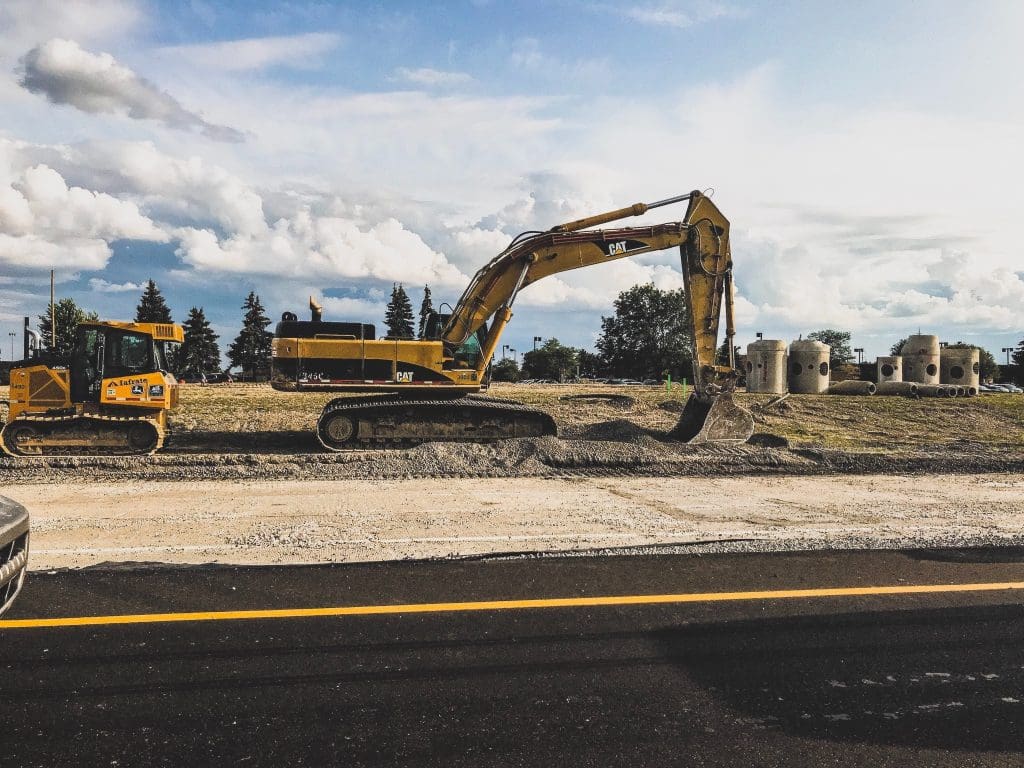
Value Engineering / Value Management
Value Analysis / Value Engineering explores alternative ways of addressing the design to make it more cost effective and sustainable, while still achieving the owner’s requirements, capital & operating budget and time frame.
Employer’s Agent / Contract Administration
We are able to provide a professional and independent service to manage and administer all types and forms of construction contract.


Capital Allowance and Taxation
At the outset of a construction development, it is easy to ignore the savings that can be achieved from the taxation incentives available through Capital Allowances on property and structures.
We help to identify the main types of capital allowances available relating to property, including plant and machinery, industrial building allowances, hotel allowances and enhanced capital allowances.
We collect the relevant documentation to prepare a claim relating to the type of transaction. For acquisitions this might include sale agreements, valuation reports, ledgers, drawings and specifications. For developments this might include ledgers, building contracts, final accounts, invoices.
In order to maximise the tax efficiency of a building, the available allowances must be considered at the conception stage as even the location may have an effect. The design and specification will also have a significant bearing on capital allowances, and this must be considered at an early stage to obtain best value.
Life Cycle Costing
Life Cycle Costing evaluates design options comparing not only the initial capital investment but also the cost of maintaining and operating the building and its components (particularly Mechanical and Electrical systems) over the expected life span. Life Cycle Costs are presented in ‘current day values’ known as net present value (NPV).


Building Reinstatement Cost Estimate / Insurance Valuation
This cost estimate calculates the cost of the building for insurance purposes. This will ensure you are not over-insuring your building and paying more for insurance than you need to, but also ensures you have enough insurance to cover your building should a loss occur.
